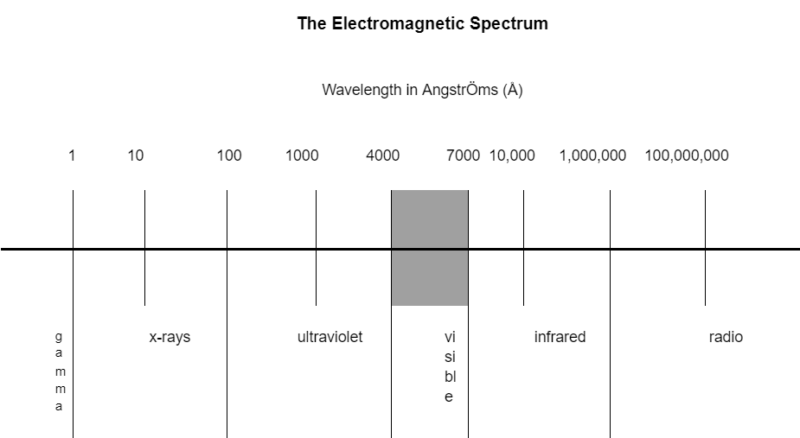
2020 is a year of disguises. Some examples include computer models/modelers disguised as “science/scientists,” Tyrants/Dictators/Totalitarians disguised as “elected officials,” propaganda machines disguised as “news sources,” brainwashing disguised as “information,” censorship disguised as “public health safeguard,” panic and fear disguised as “social responsibility.”
Even the virus itself has been disguised by humans as an “apocalypse.” But, the last part is not the doing of the virus, but the doings of a select number of humans who are responsible for many of the other disguises as well. And if you look at the totality of events in 2020, it is clear that the average citizen has been treated generally less than human, certainly not as adults in any case.
I believe we are in as great a crisis as a species as we have ever been. The crisis is not from some seasonal virus (which is a health issue), but it is from ourselves and what we have devolved into as a species (social, cultural, ideological issues).
I have debated with myself on how to approach the following essay. Under normal circumstances, it would be easy. But, the topic has been so warped and sensationalized into political and social hyperbole, it is difficult to get a handle on it. I could go at it strictly from a scientific perspective, but that would tune many people out.
After about two weeks of my own internal debate and several versions, I have decided to treat the readers of this essay as Human Adults. I will try to not get too technical but rather use rational arguments to approach the issue of a viral infection from the perspective of the virus molecule outside of the host, i.e., the natural environment.
Computer modeling is “a” tool, not “the” tool. The model is only as good as the assumptions put into the model. It has been clear from the start that the modelers have NO idea of how a virus works in the natural world. They have based their modeling on the assumption that the culprit is the human being. The human being must be controlled in order to control the virus. This is completely wrong. I hope to present arguments that illustrate the weaknesses of the modeling concepts.
Human Perception
The natural perceptive abilities, i.e. the physical senses, of human beings are quite poor. For example, we can see only a very, very small part of the electromagnetic spectrum, illustrated as follows:

Consequently, humans have difficulty understanding that which is not directly observable by their senses. Size and mass we do okay at, providing we can see it. We tend to have better abilities with larger things that we can observe. But, even size perception has its limits. For example, many people cannot grasp the scope of our universe.
Smaller things, things we cannot see we have trouble with. We live, and have always lived, in a world with things that are far smaller than our ability to detect without some instrumental aid. For example, when I tell people that their bodies are mostly empty space, they scoff. We have solid substance, they say, we can feel it. I respond that the reason we feel it is solid is because that is how our brain interprets it.
For example, neutrinos are subatomic particles with no mass. They do not interact with matter. We are bombarded by interstellar neutrinos throughout our lives. They pass right through us. It makes no difference where you live because they pass right through the Earth, too. You can live a whole lifetime and never have experienced a collision of a neutrino with a cell in your body. Think about it; is it difficult to grasp?
Yes, neutrinos are exotic and basically of interest to physicists. But we exist in a constant interaction with other not-so-exotic things.
Bacteria and fungi, at the cellular level, exist at the micron scale (see the scale diagram below). But, they have the cellular machinery to grow on their own, i.e., their cells will divide and multiply as long as they have nutrients. We cannot see them normally without a microscope. But, if they keep growing, eventually we can see them (as things such as moldy bread, or mildew on the wall), or even feel them (old vegetables that get a “slimy” feeling actually have a bacterial plaque on their surface). Both bacteria and fungi can form “spores” to protect themselves under harsh conditions. It is a form of hibernation.
We have bacteria and fungi in our bodies constantly. Our immune system usually keeps them at bay, or more accurately, keeps them in balance. However, if our immune system weakens, or if a balance is shifted towards the bacteria/fungi, the balance can tip in their favor and we can experience disease. We tend to have more difficulty with control of bacterial/fungal infections than viral infections. In fact, the most common cause of a fatal outcome due to viral infection, including coronavirus, is a bacterial infection.
The reason the second week of infection is considered the worry stage is NOT because of the virus; rather this is the time when a weakened immune system, either by exposure or by losing the balance battle cannot prevent the bacteria/fungi from taking off. Most people who die from influenza, coronavirus, even rhinovirus, do so primarily from pneumonia (bacterial infection) or some other systemic bacterial infection.
Other things, besides fighting a virus, can weaken the immune system. Aging, diabetes/obesity, liver disease, kidney disease, cancer, lung disease, other infections (viral/bacterial/fungal), stress, circulatory problems, cardiovascular disease, and several others all can cause weakened immune systems (that is why they are called “comorbidities”). Clearly, the number and degree of conditions that weaken your immune system greatly increase the risk of severe disease or death from any infectious disease (bacterial, fungal, or viral).
All of these things occur at a level where our senses cannot perceive them. Fortunately, our bodies recognize these things at the molecular level and it is our own chemistry (we call “biochemistry”) that intervenes, mainly in the form of our immune system.
Click on the link for the rest.
